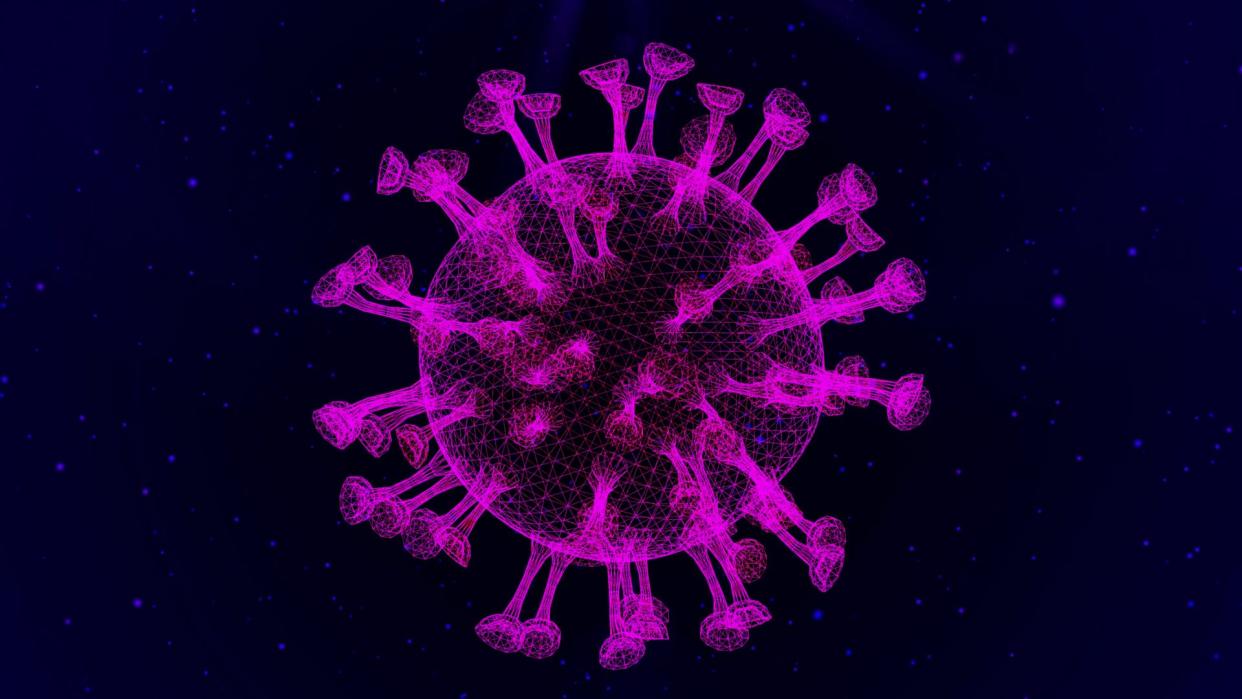What is FLiRT? What to know about COVID variant symptoms

New variants of COVID are nothing new, but the FLiRT strains are ones you need to know more about.
The new variants, nicknamed FLiRT, have been detected in wastewater surveillance data, according to data from the Centers for Disease Control and Prevention. The new strains are subvariants of Omicron.
The variant, labeled KP.2, makes up about 25% of the cases in the United States between April 14 through April 27, according to the CDC.
That made it the new dominant variant in the country, overtaking the JN.1 variant, which spread globally over the winter, and made up 22% of COVID-19 cases in the U.S. in the same two-week timeframe.
"The CDC is tracking SARS-CoV-2 variants KP.2 and KP.1.1, sometimes referred to as 'FLiRT,' and working to better understand their potential impact on public health," the agency said in an emailed statement to USA TODAY last week.
COVID FLiRT variant symptoms
Here’s what to expect if you do get the FLiRT variant:
Fever or chills
Cough
Sore throat
Congestion or runny nose
Headache
Muscle aches
Difficulty breathing
Fatigue
New loss of taste or smell
"Brain fog" (feeling less wakeful and aware)
Gastrointestinal symptoms (upset stomach, mild diarrhea, vomiting)
While the symptoms can be mild for those who gained immunity from prior infection or vaccination, many people are at higher risk of becoming very ill.
Symptoms may appear within 2-14 days after exposure.
Do I have to stay home if I have FLiRT?
In March 2024, the CDC updated its COVID-19 guidance so people who test positive for the virus will no longer be directed to isolate at home for five days.
Health officials announced a new policy focusing on actions people can take to reduce spreading a variety of common respiratory viruses, such as influenza, respiratory syncytial virus (RSV) and COVID-19. Those actions include staying home when sick, staying up to date with vaccines, practicing good hygiene and improving indoor air quality.
This article originally appeared on USATNetwork: What is the new COVID; FLiRT variant symptoms in NJ
